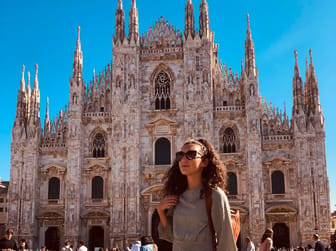Sforzesco Castle
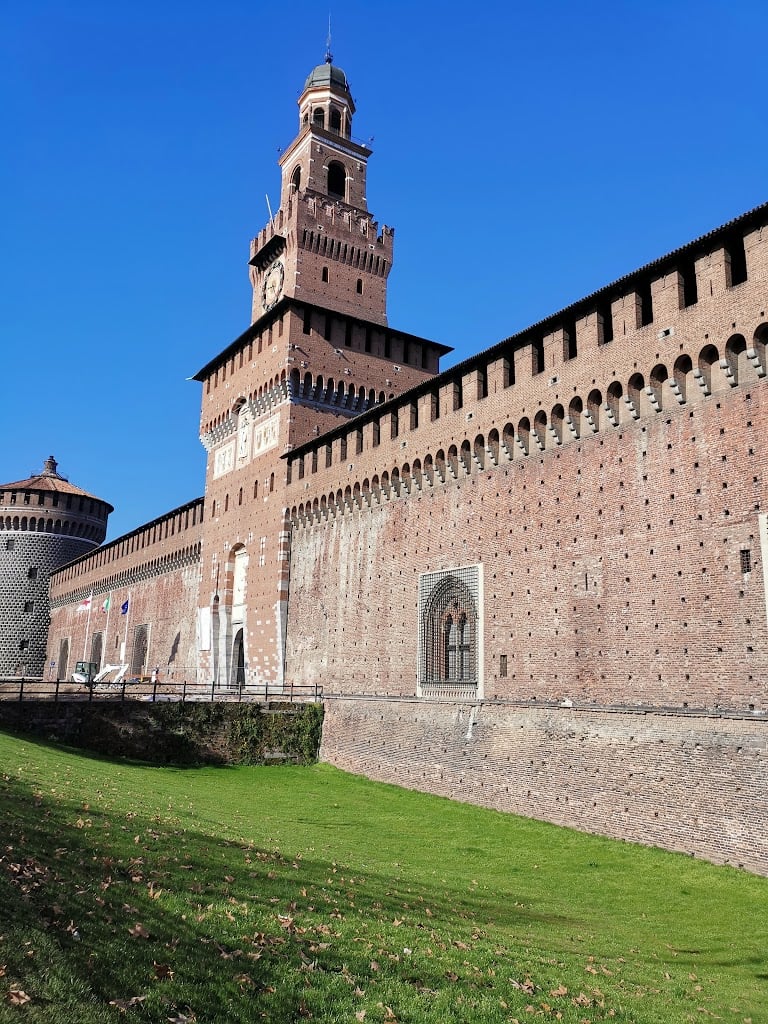

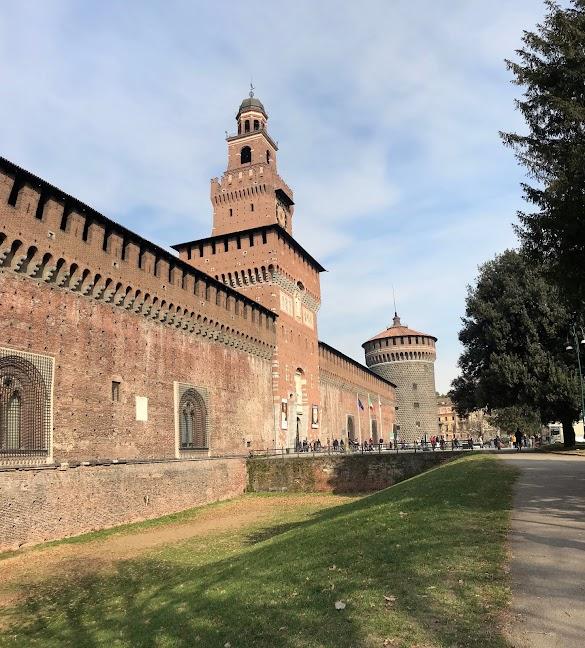
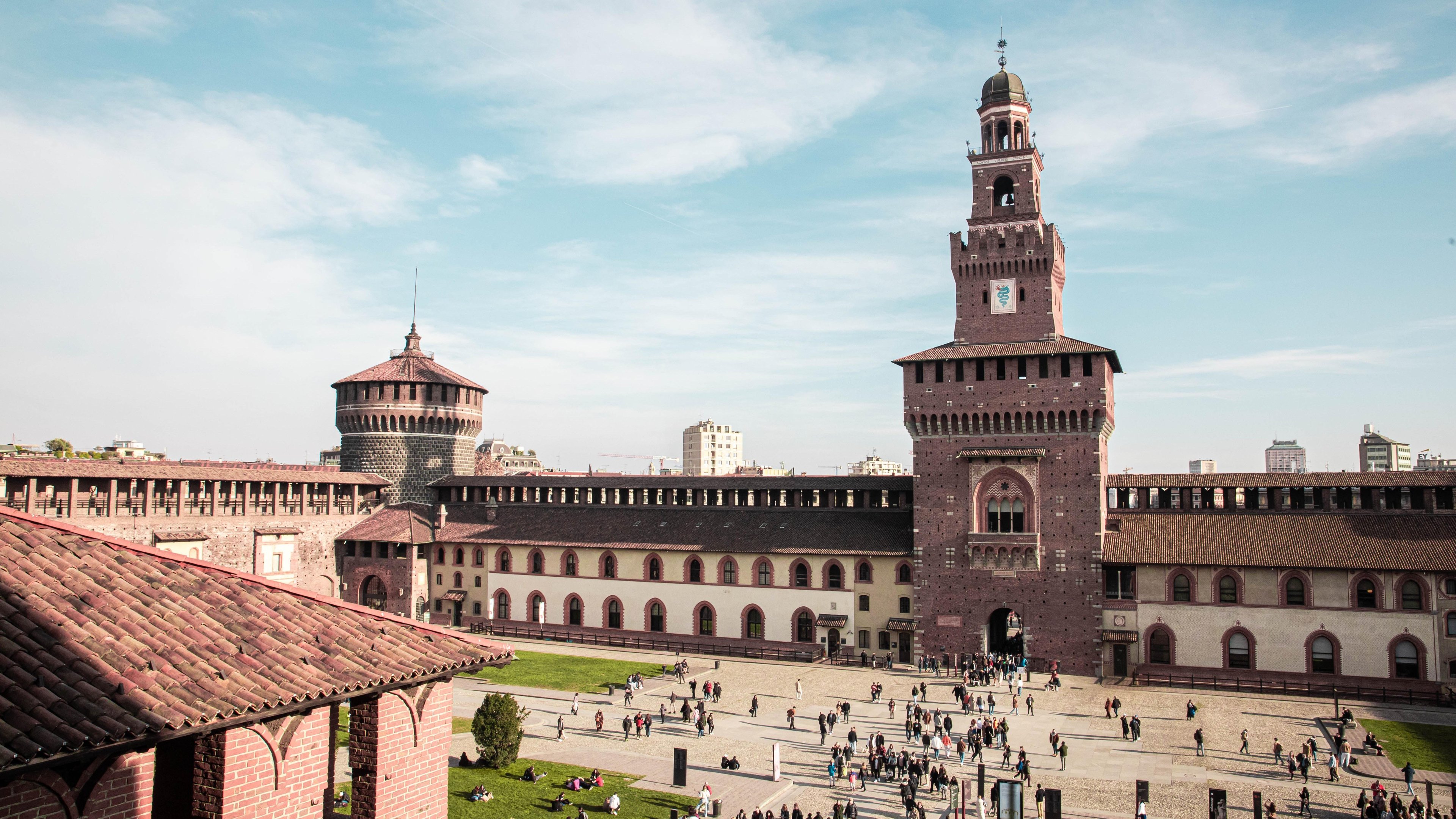
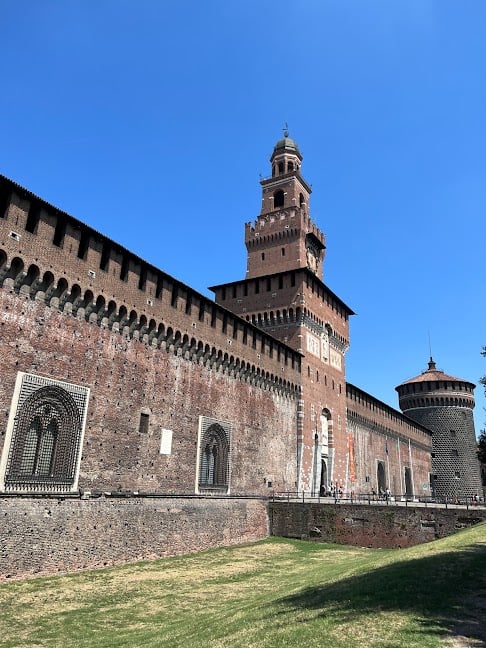
Ask ThatchGPT
Suggest a local expert to plan my trip
Suggest an unique itinerary for my Italy trip
What foods do Italy locals eat
What are some true hidden gems in Italy
Help me brainstorm trip ideas for Italy
Help me plan a family-friendly trip to Italy
What people say
Beatrice Lugano
Available for hire
"The Castello Sforzesco is one of the main attractions of Milano and it offers many tracks, both guided tours and self-paced tracks and it is worth spending a while discovering it.
I will add a link to a PDF of activities for this coming spring, mostly in Italian but with a tour in English as well.
Like any self-respecting fortress, Castello Sforzesco would be populated by numerous ghosts: these are the many ladies who lived there, including Isabella of Aragon and the witch Isabella of Lampugnano. Among the ghosts of Castello Sforzesco, the most grim story is that of Bianca Maria Gaspardone, accused of having one of her lovers killed to get revenge for the insults he received. Unmasked, the Countess of Challant was sentenced to death and beheaded in front of the Castello Sforzesco; his head was exposed as a warning and according to Milanese legends from time to time, the ghost of Bianca Maria would sip the blood of her lover killed by an amphora and then literally lose his head.
According to stories handed down for decades, all these souls in pain would manifest themselves in the Castle. The ghost of Bona di Savoia appeared several times at the square tower, that of Ludovico il Moro near the Ponticella del Duca, while at the fountain of the Lions the spirit of Bianca Sforza, and at the cloister of Santa Radegonda that of Bernarda Visconti."
Read more in:
Wiktoria Górska-Kijanka
"The castle has a quadrangular layout, situated across Milan's city walls. The northern wall, once facing the countryside, features square towers and an ogival gate, formerly accessed by a drawbridge. The northern tower is called Torre della Corte, while the western counterpart is Torre del Tesoro, both gaining large windows during the Sforza era.
The corner near Torre Ducale has a loggia bridge, attributed to Bramante, built in the late 15th century for Ludovico Sforza to link the ducal court and the Cortile della Ghirlanda. This ghirlanda refers to a wall, once protected by a water-filled ditch, of which few remnants remain, including Porta del Soccorso. Remains of two later ravelins can still be seen where the castle met the city walls near Porta Comasina and Porta del Carmine. The now-lost Porta della Ghirlanda gate had two entrances with runways, leading to an underground passage along the walls."
Read more in:
Maria Grazia Casella
Available for hire
"Visit the Sforza Castle, a majestic fortress that houses several museums and art collections.
Sumptuous residence of the Sforza dinasty, who ruled Milan in the 15th and 16th centuries, the Castle was originally a fortress built by Galeazzo II Visconti in 1358 to defend the medieval city.
It was only under the Sforza rule that it assumed its current appearance, with the addition of the characteristic central tower of Filarete, about 70 meters high, later destroyed and then rebuilt in the early 1900s. Today, the complex houses civic museums, preserving the Piazza d'Armi and the Ducal Court. A passage at the rear leads to Parco Sempione, once the private garden of the palace. "
Read more in:
Mentioned in these guides
About Sforzesco Castle
Get the inside scoop on Sforzesco Castle from local experts, travel creators, and tastemakers. Browse genuine trip notes, Sforzesco Castle reviews, photos, travel guides, and itineraries from real travelers and plan your trip with confidence.
Phone
Save this spot for later or start mapping out a new trip today
Try our AI Travel Assistant and get instant answers to any questions about your trip.
Ask ThatchGPT

